Enter a surname, town name or other keyword to search the database. Remember to
allow for the different spellings of 'Mc' and 'Mac.' Good luck!
{Search tips: Use single word search terms for more results}
You must enter some valid character(s) into the search field
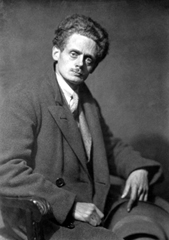
Reference: H-0300
Hugh MacDiarmid, January 1927....
|
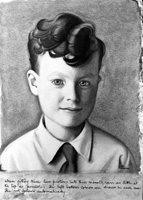
Reference: 36695a
Mrs Baird. Painting by Keith H...
|
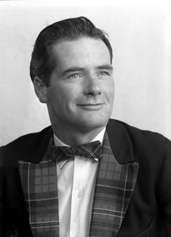
Reference: 47135b
Stewart Ross, Grampian Records...
|
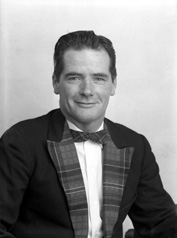
Reference: 47135a
Stewart Ross, Grampian Records...
|
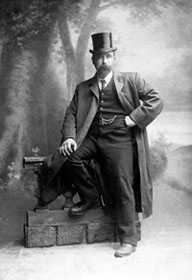
Reference:
Portrait c1903. #...
|
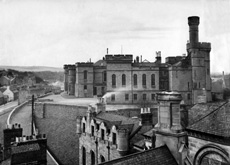
Reference: H-0255
Inverness Castle in April 1934...
|
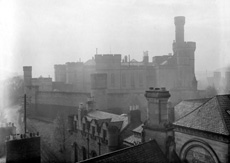
Reference: H-0254
Mist over Inverness Castle wit...
|
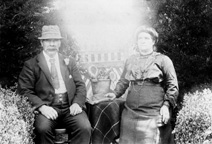
Reference: 877
Copy for Mrs Robertson, Old ...
|
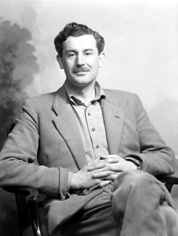
Reference: 40813b
Lord Lovat. Brigadier Simon Ch...
|
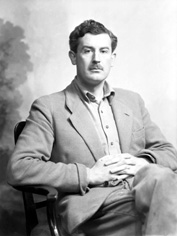
Reference: 40813a
Lord Lovat. Brigadier Simon Ch...
|
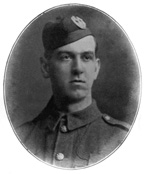
Reference: 27563c
Corporal James Dalgleish Pollo...
|
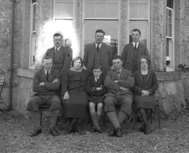
Reference: 26510a
Miss MacDonald, Whitebridge. M...
|